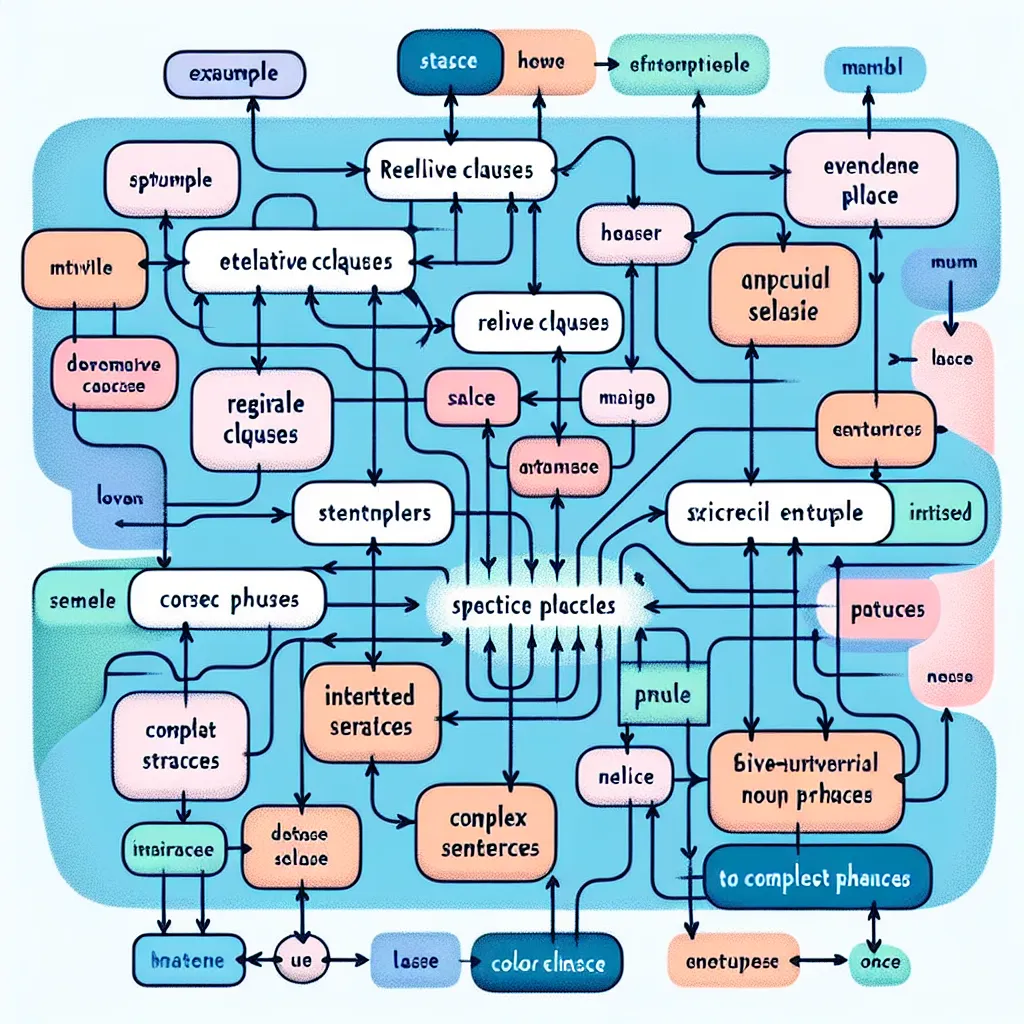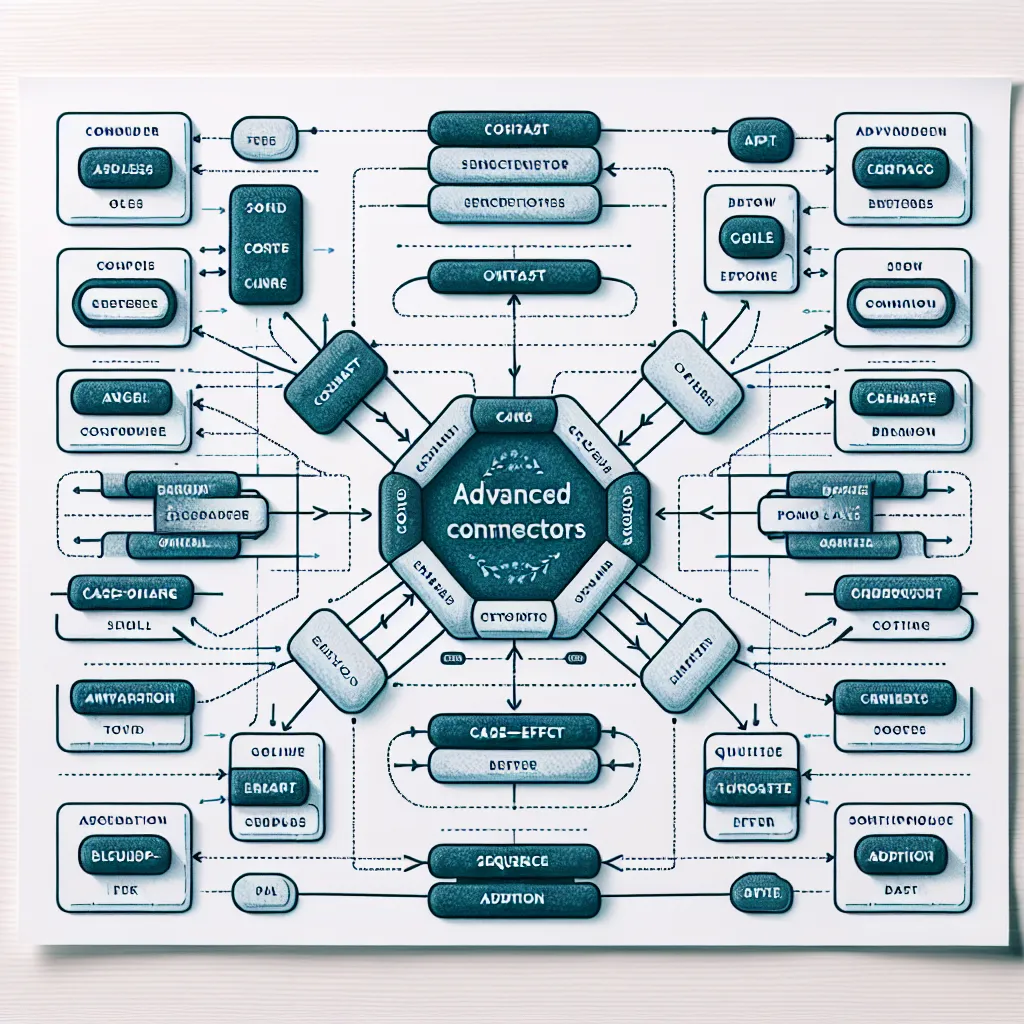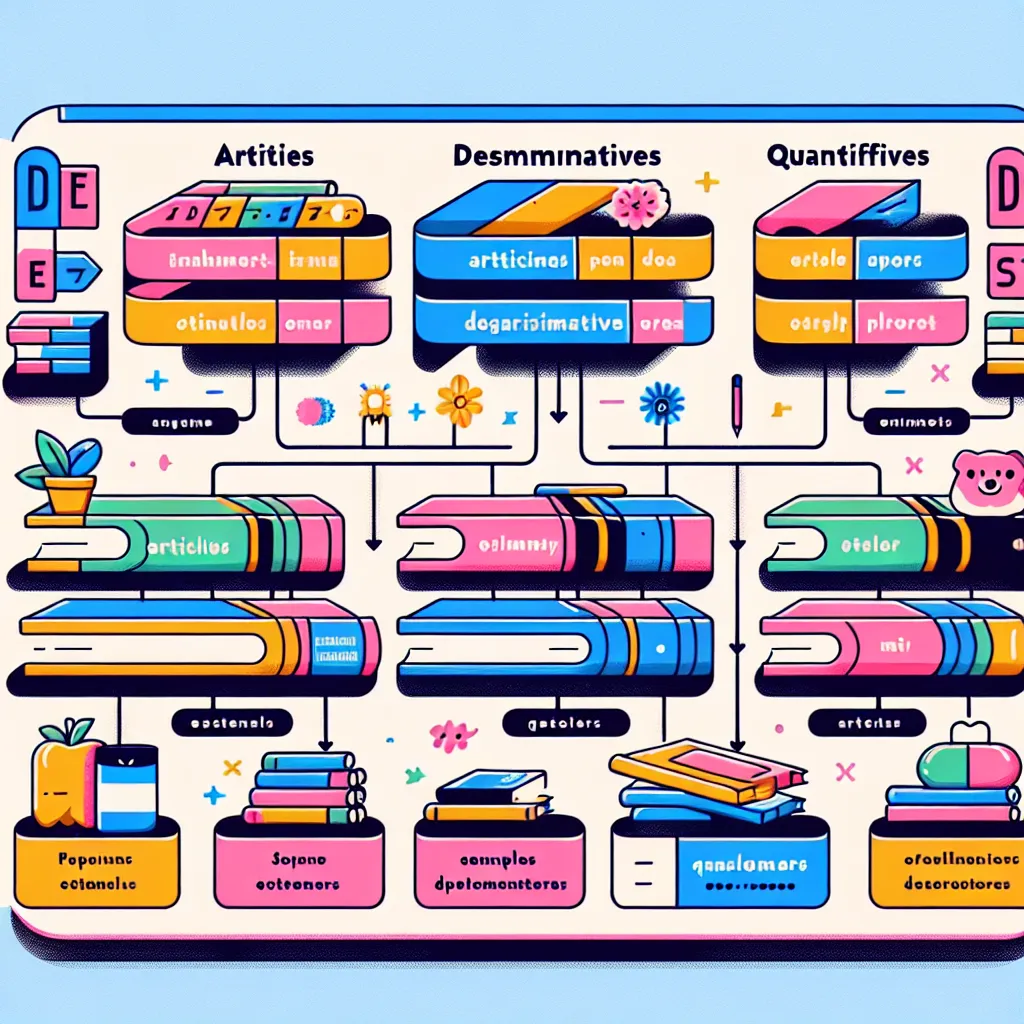Advanced syntactic structures are essential for elevating your English language skills, especially when preparing for exams like IELTS or aiming to communicate more effectively in professional settings. This guide will explore various techniques and strategies to master these complex grammatical constructions, helping you enhance your writing and speaking abilities.
Understanding Advanced Syntactic Structures
Advanced syntactic structures refer to complex sentence formations that go beyond basic subject-verb-object patterns. These structures allow for more nuanced expression of ideas, greater emphasis on specific information, and a more sophisticated writing style. Mastering these structures is crucial for achieving higher scores in language proficiency tests and for effective communication in academic and professional contexts.
Why Are Advanced Syntactic Structures Important?
- Enhanced Clarity: Complex structures allow for more precise expression of ideas.
- Improved Coherence: They help in creating smoother transitions between thoughts.
- Increased Sophistication: Advanced structures demonstrate a higher level of language proficiency.
- Better Exam Performance: They are often required for achieving top scores in tests like IELTS.
 Advanced Syntactic Structures Diagram
Advanced Syntactic Structures Diagram
Types of Advanced Syntactic Structures
1. Relative Clauses
Relative clauses add information about a noun in the main clause. They can be defining (essential information) or non-defining (additional information).
Example:
- Defining: “The book that I bought yesterday is excellent.”
- Non-defining: “My sister, who lives in London, is visiting next week.”
2. Inversion
Inversion involves changing the typical subject-verb order for emphasis or in certain grammatical constructions.
Example:
- “Never have I seen such a beautiful sunset.”
- “Not only did he win the race, but he also broke the record.”
For more detailed explanations and examples of inversion, check out our article on how to use advanced syntactic structures in reports.
3. Cleft Sentences
Cleft sentences emphasize specific information by splitting a sentence into two parts.
Example:
- “It was John who solved the problem.”
- “What I need is a good night’s sleep.”
4. Participle Clauses
Participle clauses can replace relative clauses or adverbial clauses, making sentences more concise.
Example:
- “Feeling tired, she decided to go to bed early.”
- “Having finished his work, he left the office.”
Strategies for Mastering Advanced Syntactic Structures
- Read Extensively: Exposure to complex structures in authentic texts is crucial.
- Analyze Sentence Structures: Break down complex sentences to understand their components.
- Practice Regularly: Use exercises focusing on specific structures.
- Write and Rewrite: Experiment with different structures in your writing.
- Seek Feedback: Have a teacher or native speaker review your usage.
For a deeper dive into advanced grammar techniques, especially for literature analysis, visit our guide on advanced grammar for literature analysis.
Common Mistakes and How to Avoid Them
- Overcomplicating Sentences: Ensure that complexity doesn’t compromise clarity.
- Misusing Relative Pronouns: Learn the correct usage of ‘who’, ‘whom’, ‘which’, and ‘that’.
- Incorrect Inversion: Practice the specific contexts where inversion is appropriate.
- Faulty Parallelism: Maintain consistent grammatical forms in parallel structures.
To avoid these mistakes and improve your overall sentence formations, check out our article on how to use advanced sentence formations.
Practical Exercises
- Transformation Drills: Convert simple sentences into complex ones using different structures.
- Gap-Fill Exercises: Complete sentences with appropriate relative pronouns or conjunctions.
- Error Correction: Identify and correct mistakes in advanced syntactic structures.
- Paraphrasing Practice: Rewrite sentences using different complex structures.
 Advanced Syntax Practice Worksheet
Advanced Syntax Practice Worksheet
Resources for Further Study
- Grammar Books: “Advanced Grammar in Use” by Martin Hewings
- Online Courses: Coursera’s “Advanced Grammar and Punctuation” specialization
- Practice Websites: EnglishClub’s Advanced Grammar section
- IELTS-specific Materials: Official IELTS Practice Materials
For more specialized resources on advanced appositive structures, which are crucial in academic writing, visit our guide on how to use advanced appositive structures.
Conclusion
Mastering advanced syntactic structures is a journey that requires dedication and consistent practice. By incorporating these complex structures into your English usage, you’ll significantly enhance your language proficiency, leading to better performance in exams like IELTS and more effective communication in professional settings. Remember, the key is not just to use these structures, but to use them appropriately and effectively to convey your ideas with clarity and sophistication.
For further insights on using advanced syntax to improve clarity in your writing, don’t forget to read our article on mastering the use of advanced syntax for clarity.
We encourage you to practice these structures regularly and to explore the linked resources for deeper understanding. Share your experiences or questions in the comments below, and keep striving for excellence in your English language journey!




